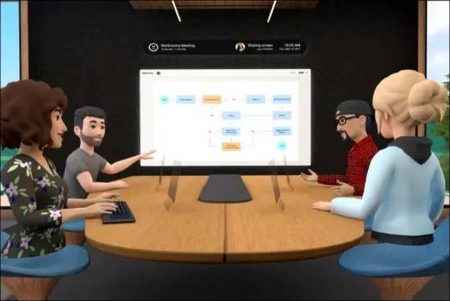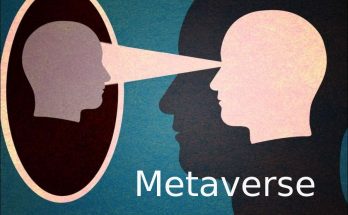For the last 30 years, an extraordinary technology revolution has been taking place: the construction of a man-made, digital universe. It started in the 20th century with transistors, computers and the internet. Thus, human activities such as trade, communication and social relations have begun to move from real to digital. For example, we don’t go to the market anymore, we can buy the product we want with a few clicks. We don’t have to wait for months to communicate with our distant friends, we can talk to anyone we want instantly. Our music, movies, games are no longer in the real world, but in our pockets.
While we are severing our ties with the physical world, the technology revolution continues on its way: Tremendous strides have been made in technologies such as central processing units, graphics processing units, data processing, machine learning, artificial intelligence and cryptography.
In the 2010s, these paved the way for even higher-level technological ideas: blockchain technology, for example; It has made it possible to process data securely without being centralized. Although the most popular application of blockchain is cryptocurrencies, this technology can be applied wherever we do not want the power to be concentrated in one hand and privacy is important: digital identities, government administration, health, insurance, law, blockchain applications are just a few of the fields where blockchain applications are starting to emerge.
But as you can notice, the theme of all of these transformations is the same: digitizing processes and interactions in the physical world. While all this was evolving, it was not clear how these seemingly independent technologies would be interconnected. Until the “metaverse” was born.
Next Page: The sci-fi history of the Metaverse.
Hits: 97





